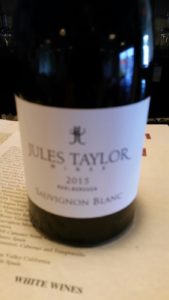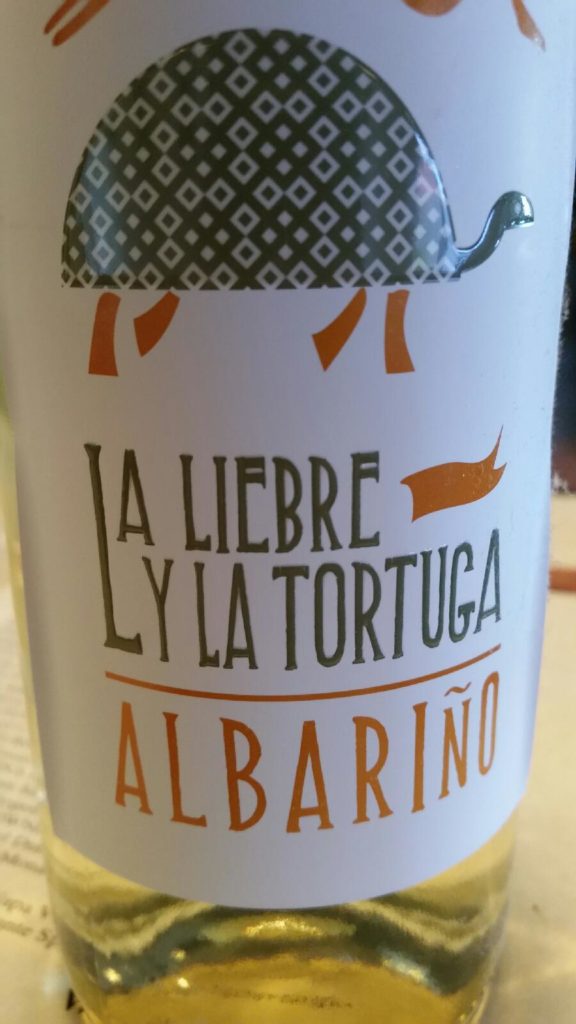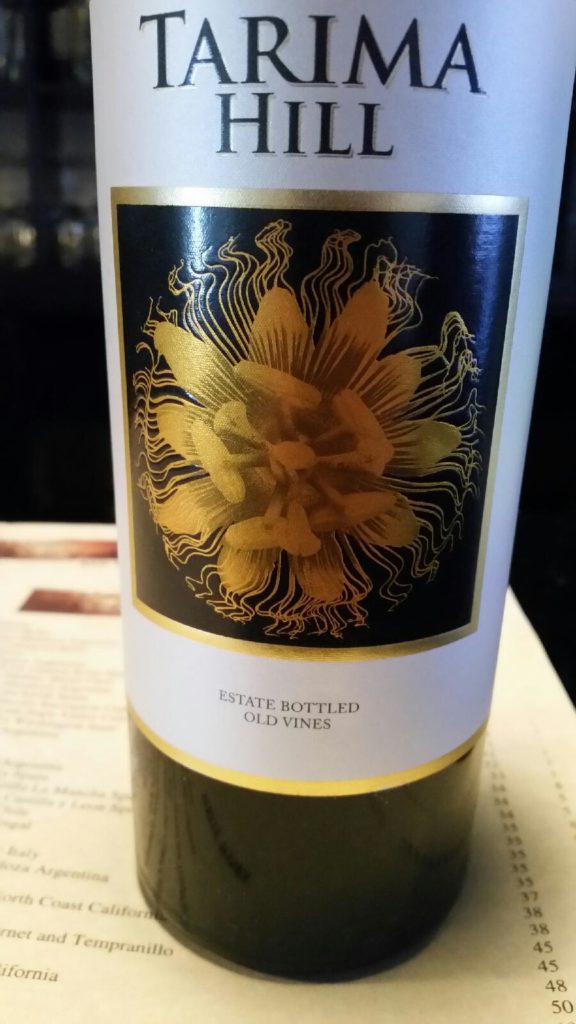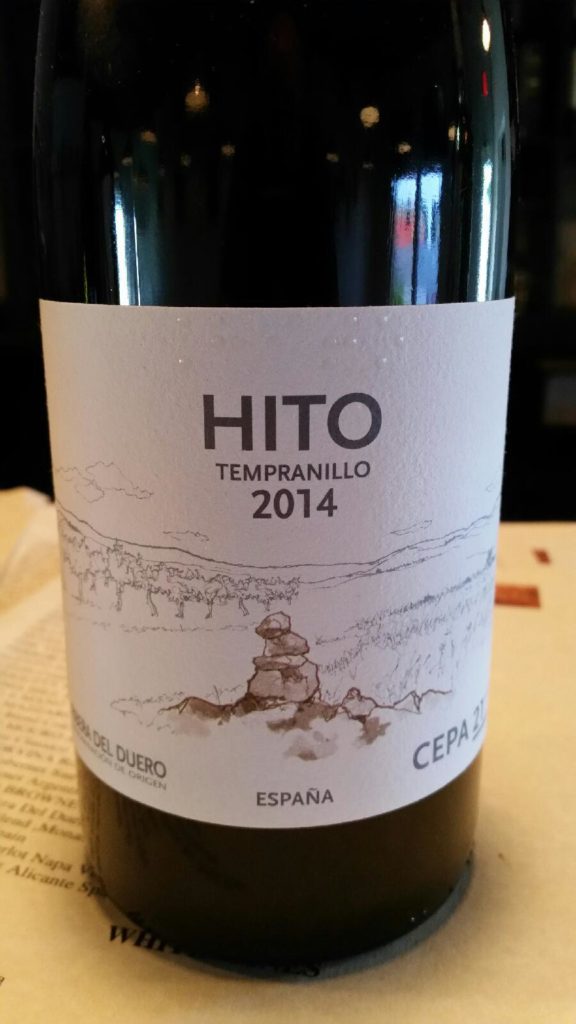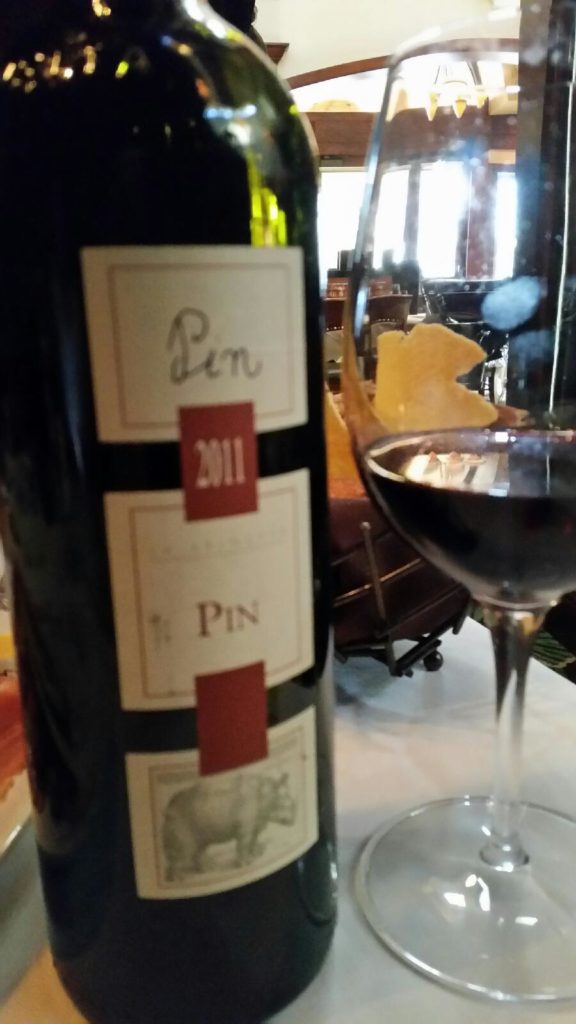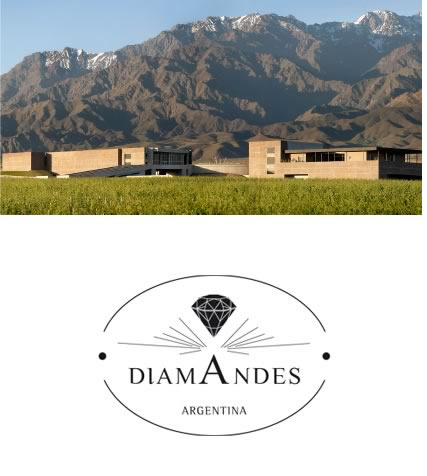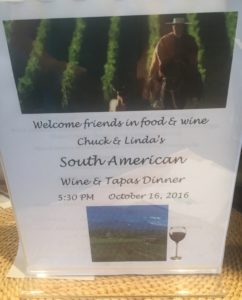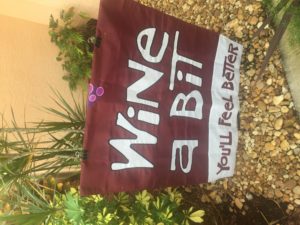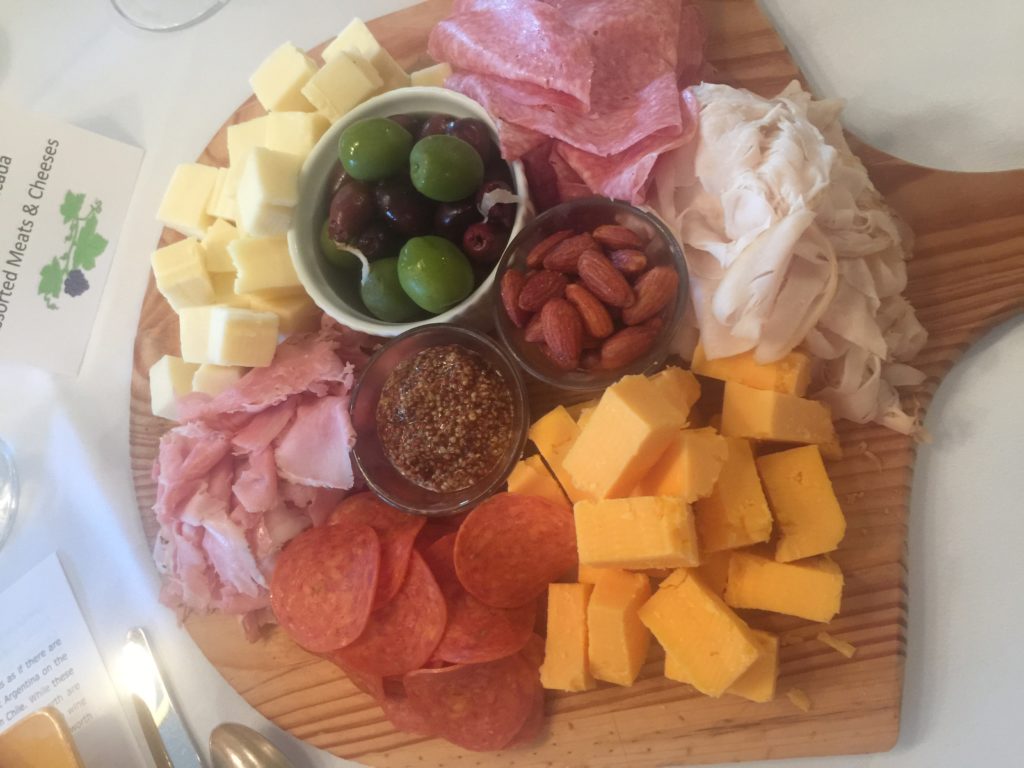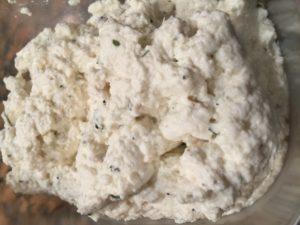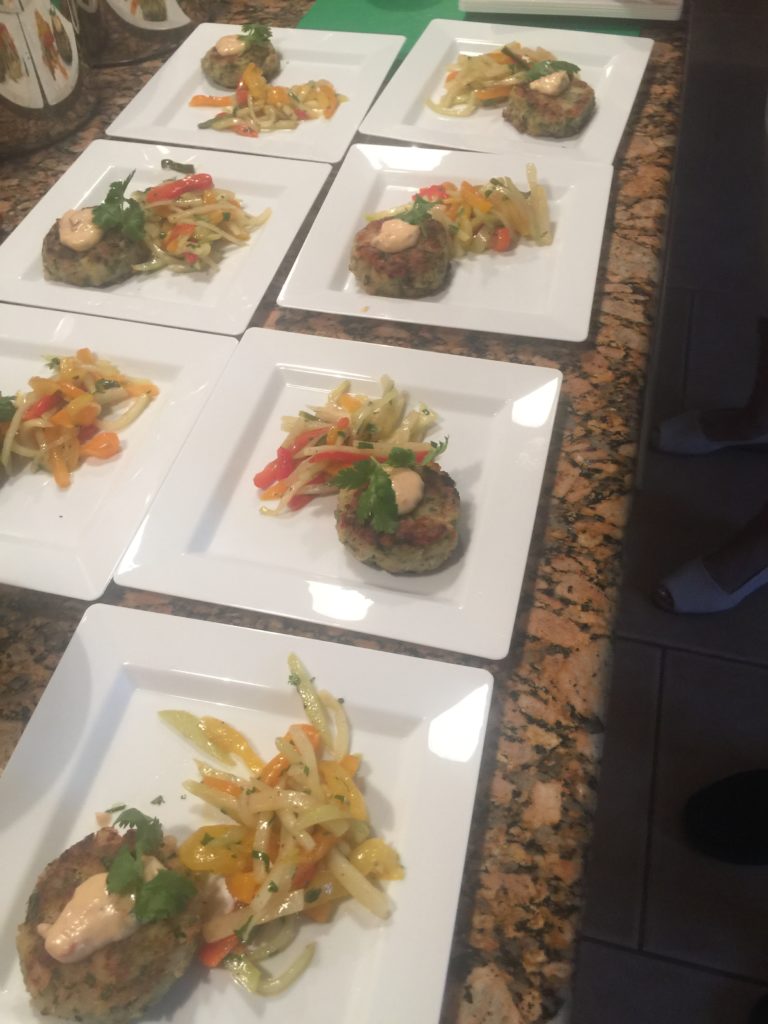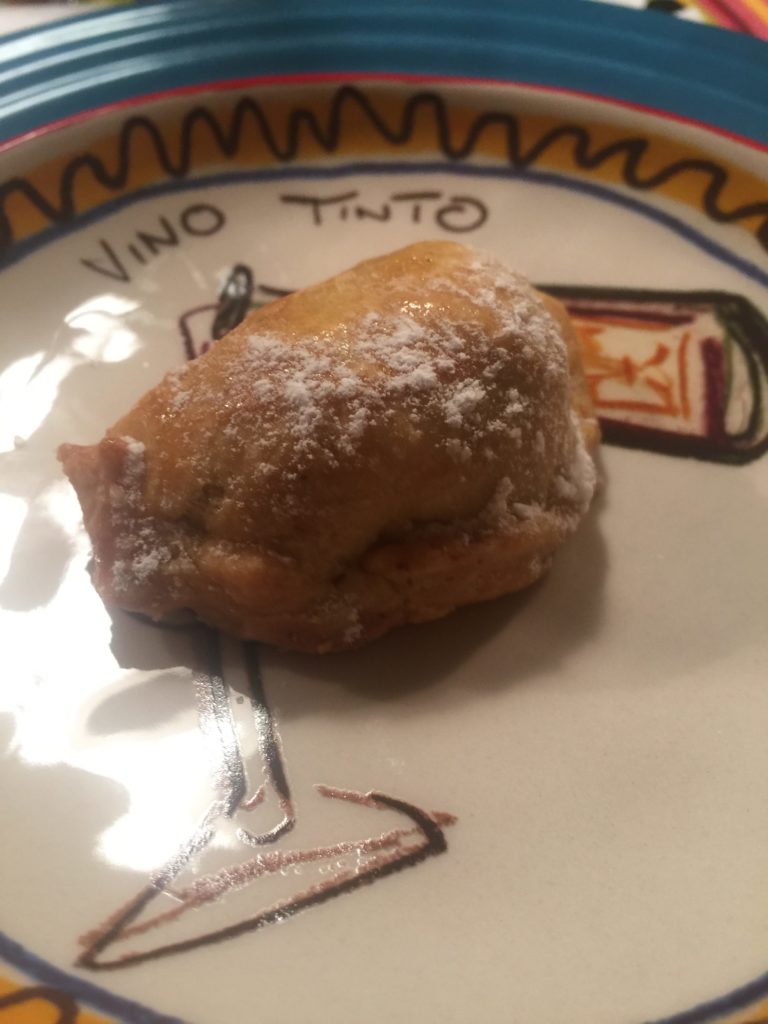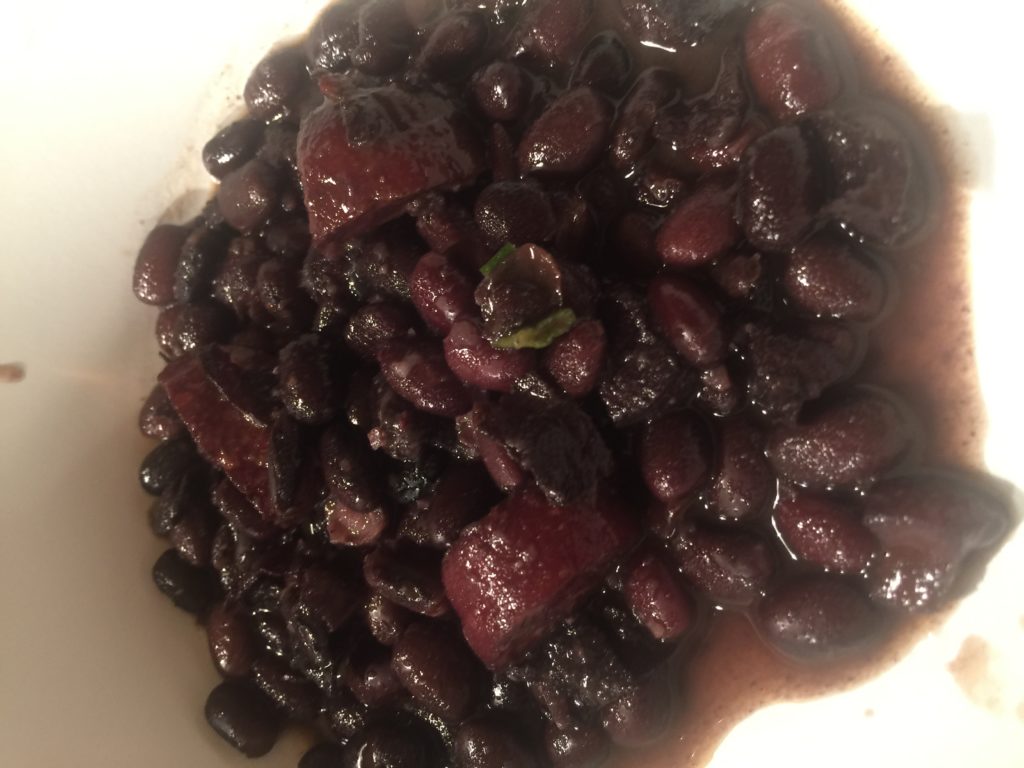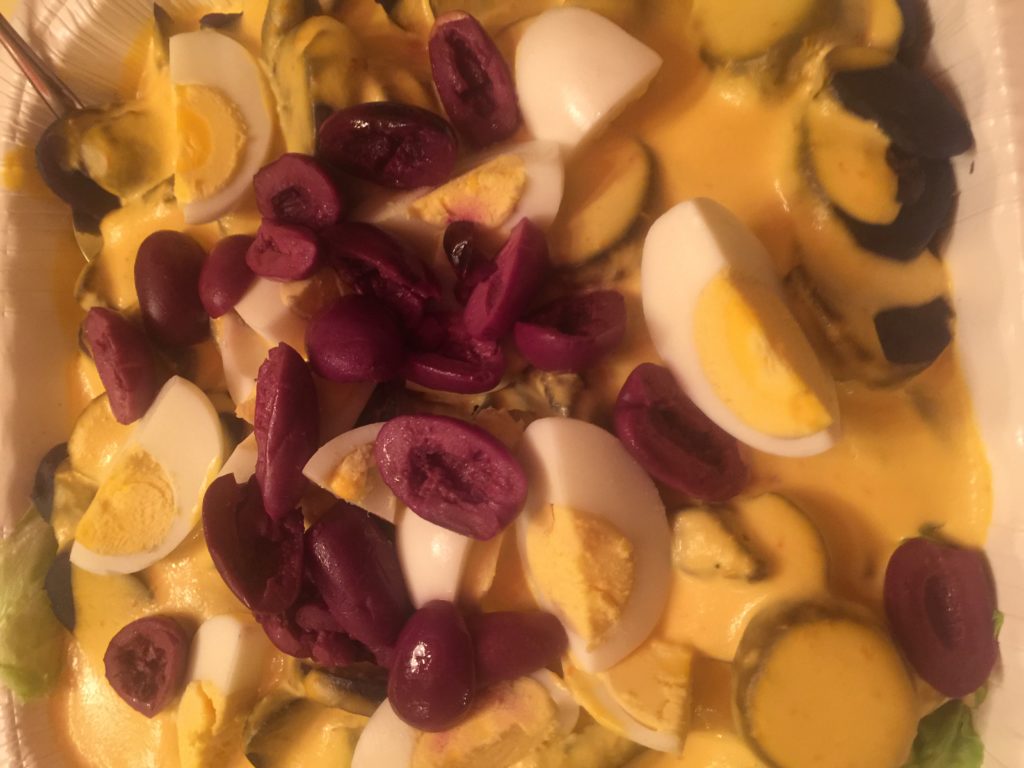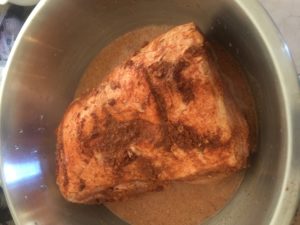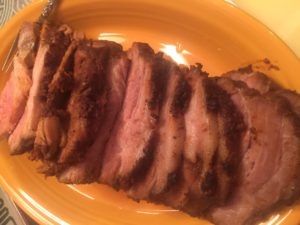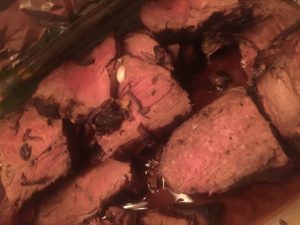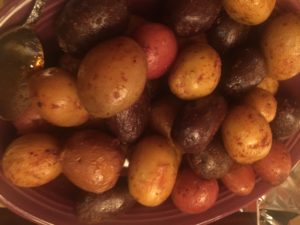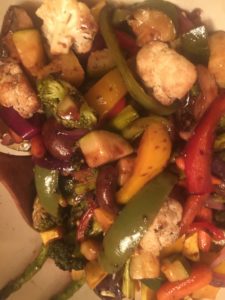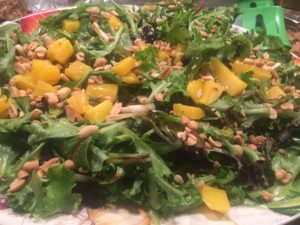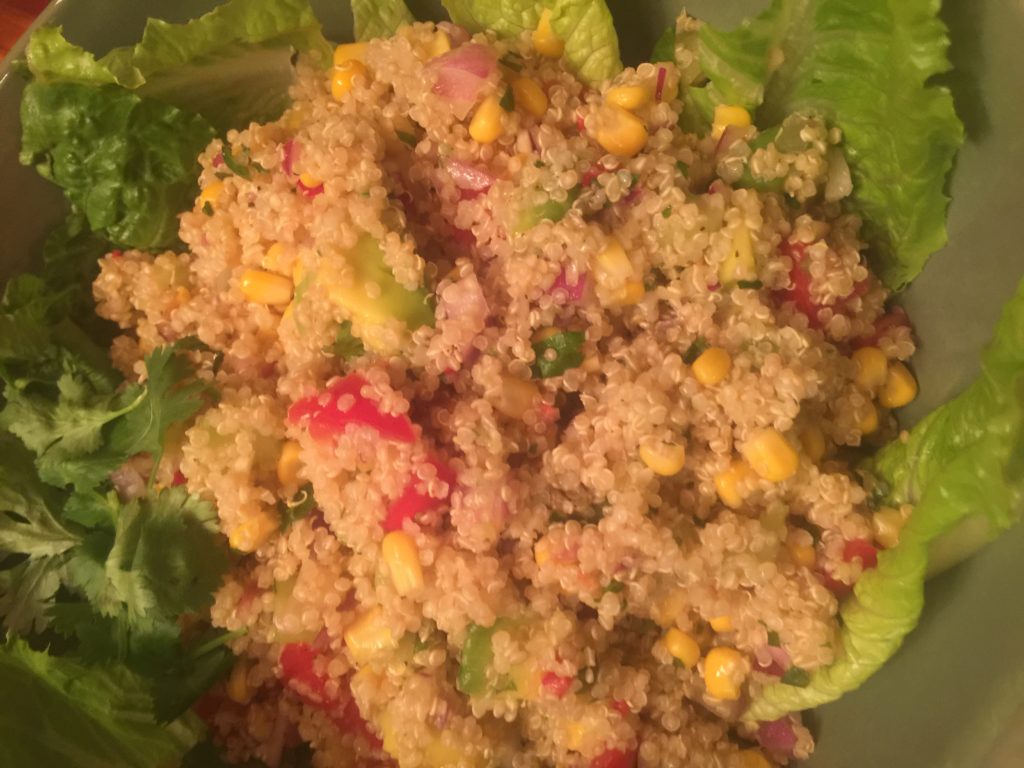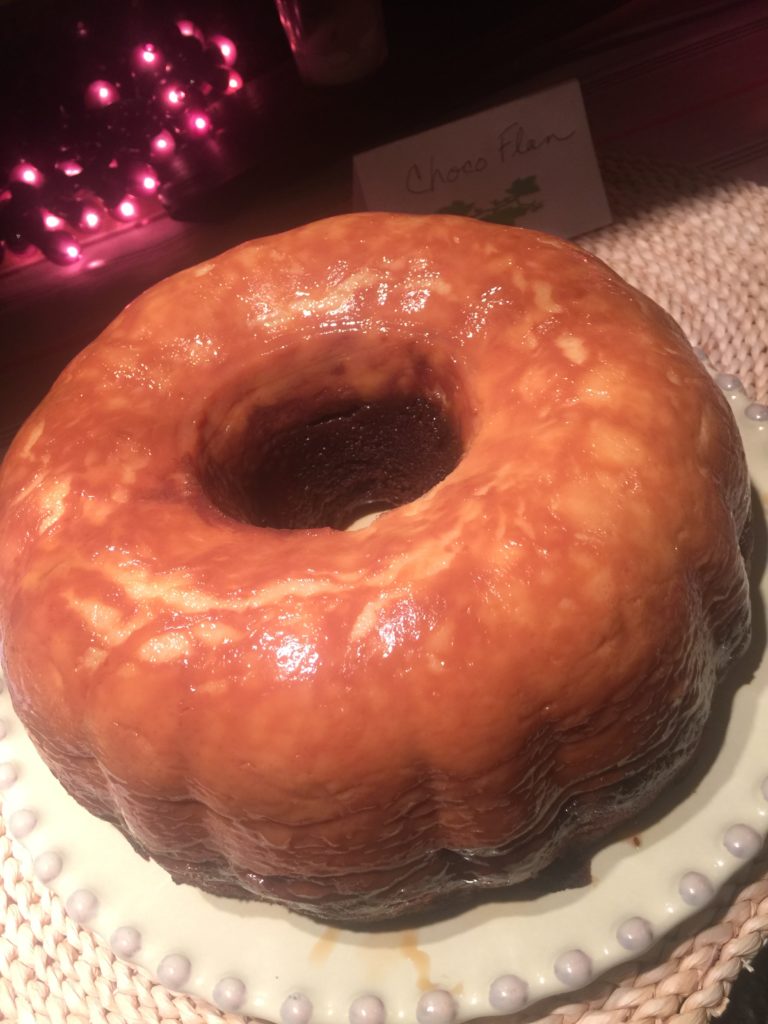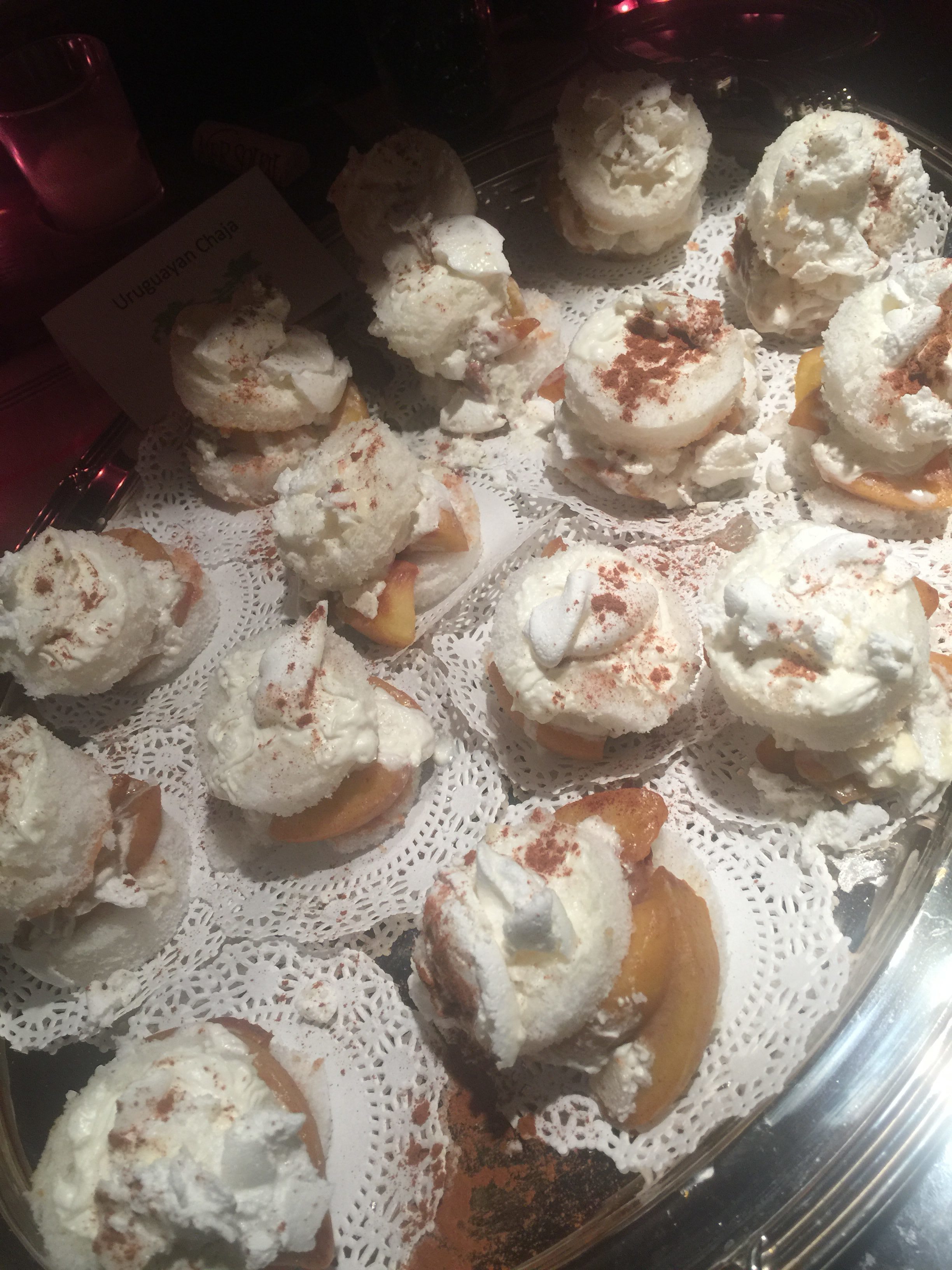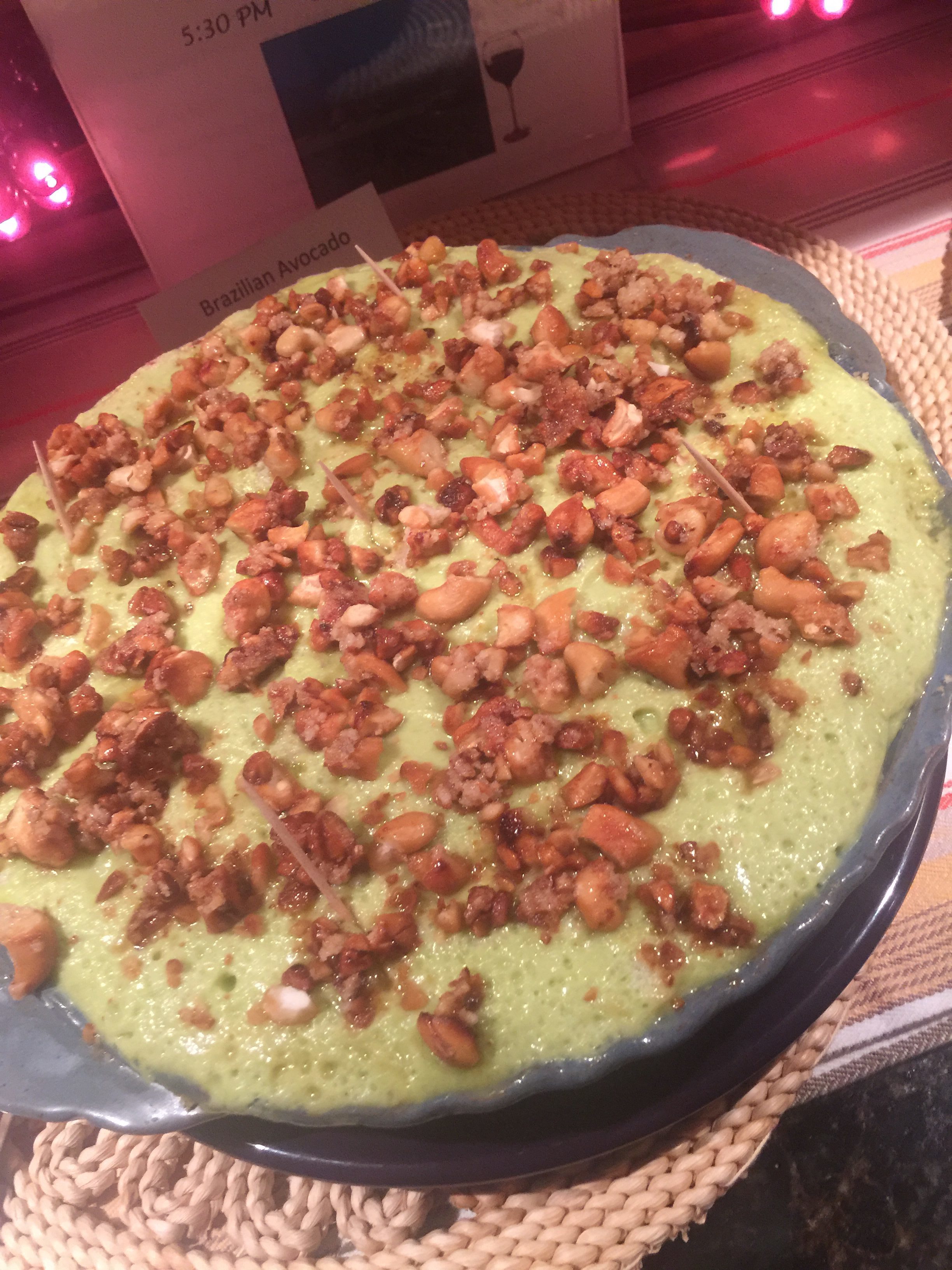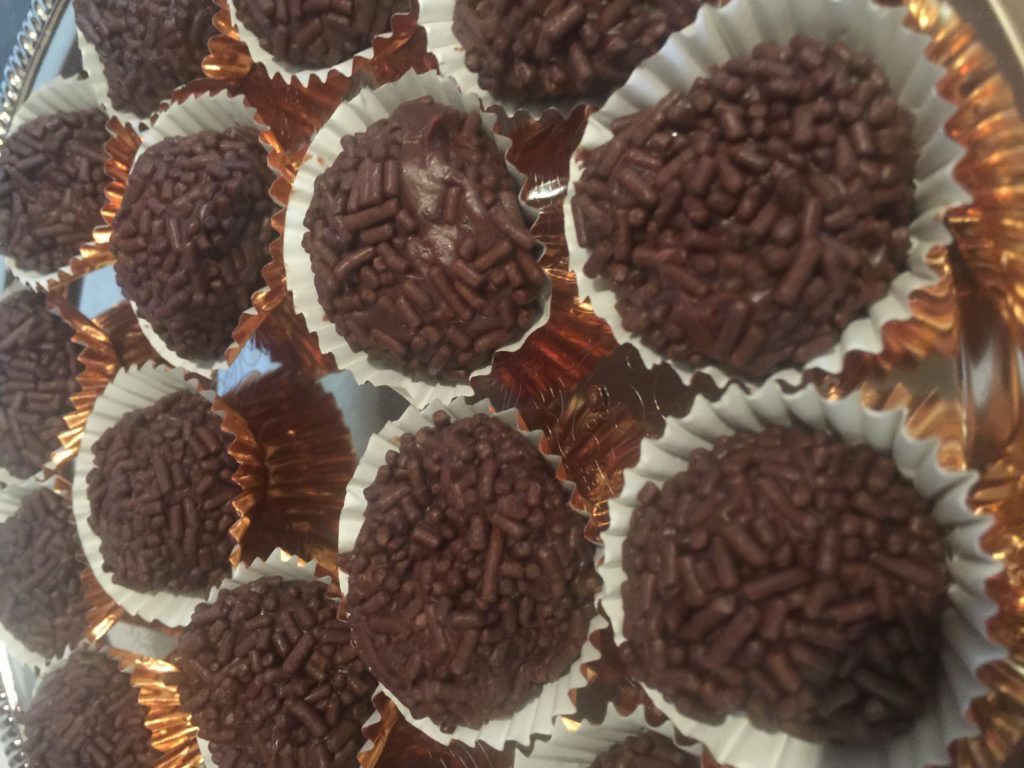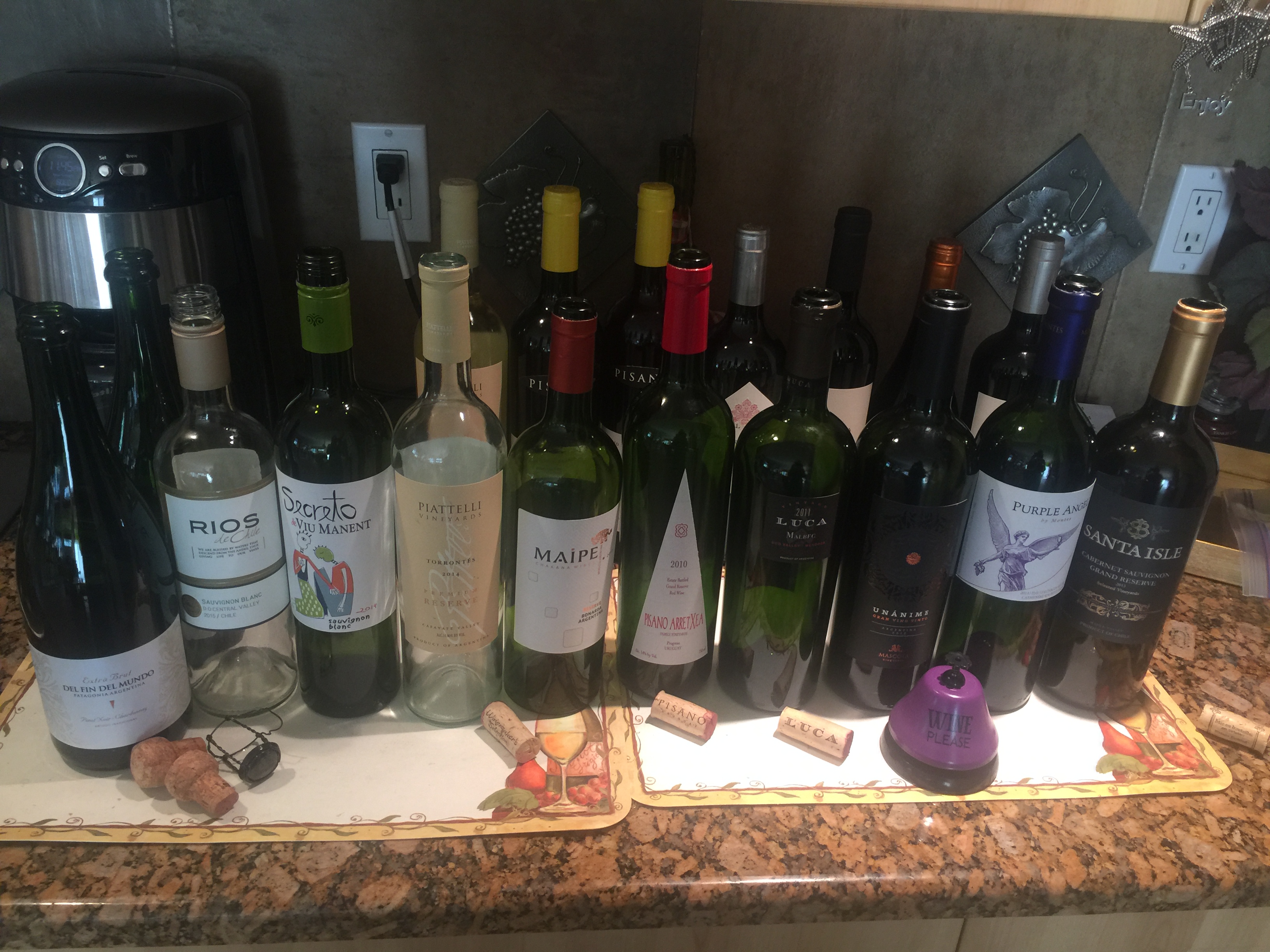“Wine Tasters of Cape Coral” members and guests had the opportunity on Saturday, October 22, 2016, to enjoy some excellent wines perfectly paired with the delicious food of Chef Adrien Meizoso, Chef/Owner of “Time to Eat Mediterranean Cuisine & Wine” located at 1311 Del Prado Blvd in Cape Coral. Time to Eat specializes in fresh homemade Spanish and other Mediterranean tapas and entrees with a good selection of wines from those regions of the world.
Here is the information that was presented about each wine served by Chef Adrien.
Jules Taylor Marlborough Sauvignon Blanc, New Zealand
Jules Taylor makes a New Zealand Sauvignon Blanc in typical Marlborough style: pale lime in color with aromas of passion fruit, grapefruit, white fleshed nectarines and herbaceous notes of vine ripened tomato stalks and jalapeno peppers. It has a nice texture with juicy acidity. The winemaker’s style is deliberately simple to let the flavors of vineyards from Hawkesbury, Lower Wairau and Awatere Valley sub-regions all come through in the final blend. Alcohol content is 13.5% and it comes in a screwcap bottle. 27,000 cases of the 2013 vintage were made.
Jules got her degree in zoology but seeing a shortage of career options, she went on to graduate degrees in winemaking and viticulture. Kim Crawford of Cloudy Bay fame encouraged her to launch her own label in 2001. Marlborough is on the northern tip of New Zealand’s south island. Jules is known as “Marlborough’s Queen of Sauvignon Blanc” but also makes Pinot Noir, Chardonnay, Riesling, Pinot Gris and Gruner Veltliner.
Sauvignon Blanc from New Zealand became popular in the 90s. New Zealanders were some of the first winemakers to use a screwcap (Stelvin-the most known brand) bottle closure. The name Sauvignon Blanc means “wild white” and is one of the most widely planted wine grapes in the world.
Fento Wines “La Liebre y La Tortuga” Albarino, Rias Baixas, Spain
The Albarino grape has its origins in Portugal and is the flagship wine in Rias Biaxas, Spain. It has a distinctive aroma similar to Viognier and Gewurztraminer, and is generally high in acidity with an alcohol content between 11.5 – 12.5%. The “hare and the tortoise” may have a cute label but there is bright, zesty, crisp wine in the bottle. It is pale golden yellow with peaches, ripe pears and a hint of pineapple on the nose. On the palate it should deliver nectarines with stone fruit minerality and the fleshiness of ripe fruit perfect for pairing with shellfish and strong flavored fish. This wine is made in the Condado sub-area of the DO Rias Baixas, a beautiful green valley that has been called “the Garden of Eden” and faces the border of Portugal. The soil is composed of granite and slate with a cool climate comparable to the France’s Loire Valley and the Rhine region of Germany. The vines are traditionally widely spaced and trained on wire trellises anchored by stone pergolas made of granite just like the soil.
Bodegas Volver “Tarima Hill” Monastrell, Alicante, Spain
Tarima Hill is estate bottled from Dais Hill Vineyard vines 40-75 years old planted in a very chalky soil grown in almost organic natural conditions without risk. The winery is located southwest of the city of Salinas and northeast of Pinoso. Tarima Hill is a product from vineyards within the DO (Denominacion de Origen) Alicante, one of the region’s best – known wine producing regions in Spain.
What can you expect in the glass? Punchy red fruit, blueberries, black raspberries, black cherries and plum aromas; dry, earthy and toasty, with stony minerality, chalk dust and crispness. There are flavors of black fruit, licorice, vanilla, spiced cake, peppery spices and chocolate. This 100% Monastrell (Mourvèdre) is bottled unfiltered unfined and has a long dark, coffee-laden finish.
It spent 14-20 months in French oak barrels (depending on vintage), has 15% alcohol and 4,000 cases were made of the 2013 vintage The 2012 vintage received 91 points from Wine Spectator and Robert Parker. The 2011 rated 91 RP and 90 WS; 2010 rated 93 RP and 90 WS. This wine should pair well with red meats, game, roasts, poultry, cured cheese, blue cheese and mushrooms.
Bodegas Volver was founded in 2004 by Jorge Ordoñez and Rafael Canizares, two of those people responsible for the Spanish international boom that came in the early 90s. Currently, Bodegas Volver produces wines from the DOs (Denominacion de Origen ) of Jumilla, Castilla la Mancha and Alicante.
Monastrell is used as a single red varietal but often as a blending grape as in “GSM”. It likely originated on the Spanish Mediterranean coast and is most often found in Spain, France, Australia, California and more recently, Washington State. According to the “Vitis International Variety Catalogue” there are 95 other names for Monastrell. Tannic high alcohol wines are the usual outcome.
Some basic information about winemaking in Spain:
The third largest country in production, Spain ranks first in land under vine. Diversity and innovation are the key factors bringing Spain back into the world wine market. Spain’s wine laws are based on the Denominacion de Origen (DO) classification system, devised in the 1930’s. A four tiered system, the most basic level is Vina de Mesa (table wine) followed by Vino de la Tierra (country wine), DO and at the top DOC. Currently, only Rioja and Priorat have DOC status, while over 65 DO’s scatter the country. Most DO regions are classified and regulated by how long they age the wines. On a red wine label, one may find the terms Crianza, Reserva or Gran Reserva, denoting the wine’s barrel and bottle time. Crianza is usually two years between barrel and bottle (the time in each depends on the DO and/or the winemaker), Reserva up to 4 years and Gran Reserva 5 – 6 years. Classifications of each region and wine are controlled by the region’s Consejo Regulador.
Bodega Cepa 21 HITO, Tempranillo, Ribera del Duero, Spain
HITO is an affordable young 100% Tempranillo (tinto fino) that has been barrel-aged in French and American oak for 8 months. The color should be bright purple or cherry red covered with clear violets around the rim. The nose is very intense and complex with floral scents, red fruits of raspberry and strawberry, black ones of blackcurrant, mulberry and blackberry and a hint of minerality; elegant fine oak, subtly toasted with notes of black licorice; medium bodied, fleshy with sweet tannins, velvety, long aftertaste, and easy to drink. Robert Parker scored the 2013 at 89 points. 25,000 cases produced.
Tempranillo has its origin in Spain and grows best at relatively high altitudes but can also tolerate warmer climates. The high altitude of Ribera del Duero is perfect for it. This varietal pairs well with foods such as roasted red peppers stuffed with rice and morcilla blood sausage, Brazilian pork and bean stew (feijoada) and roast lamb with red currant jelly.
Bodega Cepa 21 was started in 2007 and is the joint venture of the Moro family, the owners of Bodega Emilio Moro. The Moro family has been producing wine since the 1980s. For Cepa 21, they want to produce fresh wines from north-facing, high-altitude vineyards where the vegetative cycle is longer. While in other Emilio Moro wines the hierarchy is defined by vine age, here the definitive parameter is altitude. They are now in search of more concentration in the wines while keeping the elegance, and have also changed the bottle labels to a cleaner style featuring the words Tempranillo and España, two concepts that they want to exploit in their wines. The bottom line is that they are going for quality over quantity!
The word “HITO” means milestone, a stone post, sometimes carved used to indicate direction or distance on roads or to delimit fields. HITO was created as a young wine in order to complete the range of this modern innovative winery.
Ribera del Duero is an important wine-producing area in Castilla y Leon, northern Spain. Its reputation is largely thanks to the high-quality of its red Tempranillo-based wines, the best examples of which are renowned throughout the world. Ribera del Duero sits on the elevated northern plateau of the Iberian Peninsula at 2800ft above sea level. It is divided by the Duero River which provides the local vineyards with a much-needed water supply. Soil here consists of alternating layers of limestone, marl and chalk under silt and clay topsoil. The leading local producer is Bodegas Vega Sicilia, which took the wine world by storm with its ‘Unico’ wine. If you have been fortunate enough to have tasted anything produced by Vega Sicilia, you will know why it is so renowned!
La Spinetta “PIN” Nebbiolo/Barbera d’Asti Superiore, Monferrato Rosso DOC, Piedmont, Italy
This wine is a blend of 65% Nebbiolo and 35% Barbera d’Asti Superiore from the Monferrato Rosso DOC in the Piedmont region of Northwestern Italy. The wine is very dark red, perfumed with aromas of incense, sage, rosemary, eucalyptus, dark chocolate and berries. It’s full-bodied, soft and round with a finish of cinnamon and blackberry. It was aged separately in 16-18 months in new medium toast French oak barrels, then blended and transferred to stainless steel vats for 2 months. Finally it is aged in the bottle for an additional 15 months. This unfined and unfiltered wine is 14% alcohol. 2011 production was 3,400 cases. PIN should pair well with grilled red meat and strong cheeses.
La Spinetta (which means “top of the hill”) was founded in 1977 by Giuseppe (“Pin”) and Lidia Rivetti. They now have 3 different estates including one in Tuscany which was acquired in 2001. La Spinetta practices sustainable viticulture using no pesticides or herbicides.
Why the rhino on the label? Georgio Rivetti, the winemaker, fell in love with the rhino artwork, originally depicted 300 years ago. Since a lion was selected to appear on their Barolo label as the king of Italian reds, the rhino represents the king of all animals.
Nebbiolo is native to the Piedmont region, and the name is derived from the word “nebbia” which means “fog”. During the harvest season in Piedmont, a deep intense fog sets in over the vineyards. Nebbiolo grapes produce highly tannic wines which can require years of aging in order to balance the tannins with other wine characteristics. Barolo and Barbaresco are both made from Nebbiolo and can stand decades in the bottle resulting in much higher prices. Barbera is an entirely different grape varietal and requires less aging than Nebbiolo. It has a high acidity and astringency and is good for blending. Barbera usually takes the name of the village where they are from: Asti or Alba.
DiamAndes “PERLITA” Malbec-Syrah, Mendoza, Argentina
DiamAndes was founded in 2005 by the Bonnie family, owners of Château Malartic-Lagraviere in the Graves region of France. PERLITA is a cuvee of 80% Malbec and 20% Syrah which gives it additional class and complexity. With Michel Rolland as their consultant, you can expect a modern Bordeaux influence on the wine. This wine is harvested from grapevines at 3,300 feet above sea level in the Uco Valley of Mendoza. The juice is aged for 8 months in 100% French oak barrels. The palate develops ripe fruit flavors and very soft but intense tannins. It is silky and velvety with a beautiful finish. This wine should pair well with duck, white meat or red grilled meats.
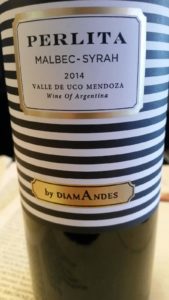 Malbec grapes have very robust tannins and are one of the six grape varietals allowed when blending a red Bordeaux wine. It is from France and primarily found in Cahors. The grape has poor resistance to weather and pests so never became a top varietal in France. A Frenchman planted it in Mendoza in 1868 where it is now widely planted and often identified as “the” grape of Argentina. It has become extremely popular during the past 10 years. Syrah is grown throughout most of the world and is full bodied with softer tannins making it a good blending grape as well as a single varietal. Here’s a note of wine trivia: the six varietals officially permitted in a red Bordeaux wine are Cabernet Sauvignon, Cabernet Franc, Merlot, Petit Verdot, Malbec and the rarely used Carmenere.
Malbec grapes have very robust tannins and are one of the six grape varietals allowed when blending a red Bordeaux wine. It is from France and primarily found in Cahors. The grape has poor resistance to weather and pests so never became a top varietal in France. A Frenchman planted it in Mendoza in 1868 where it is now widely planted and often identified as “the” grape of Argentina. It has become extremely popular during the past 10 years. Syrah is grown throughout most of the world and is full bodied with softer tannins making it a good blending grape as well as a single varietal. Here’s a note of wine trivia: the six varietals officially permitted in a red Bordeaux wine are Cabernet Sauvignon, Cabernet Franc, Merlot, Petit Verdot, Malbec and the rarely used Carmenere.
The winery’s architectural design was inspired in the name DiamAndes. The name is a pun on the words “diamante” (Spanish for diamond) and “Andes”. It was also designed to blend in with the landscape.
DiamAndes is part of a group of French wine makers who are all associated with some of the most renowned Grand Crus worldwide. The Clos de los Siete is closely linked to Michel Rolland, who has been a globe-trotting powerful French wine consultant for many years. DiamAndes was designed with respect for nature and harmony with the environment.
The Uco Valley is located an hour south of the city of Mendoza. Due to an excellent climate and soil quality, Uco Valley is home to several top producers. The valley has a higher-altitude location at the foot of the Andes Mountains with high daytime temperatures which drop to cool at night. Soils are alluvial and fairly uniform with a clay and rock base with stony, sandy surface. This allows for quality viticulture with stressed vines, lower yields and higher concentration of flavor. Spectacular scenery and state-of-the art wineries now have the Uco Valley rated as equivalent to other much more famous wine making areas. Wine tourism is becoming one of Mendoza’s key industries.
Linda Rakos 11.19.16
“A foodie and #winelover”
lfrakos@gmail.com


